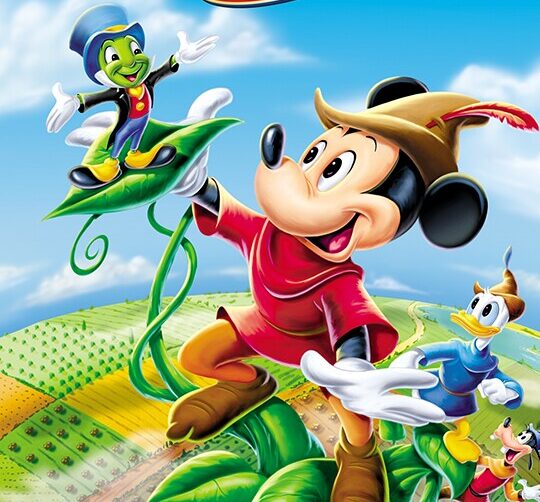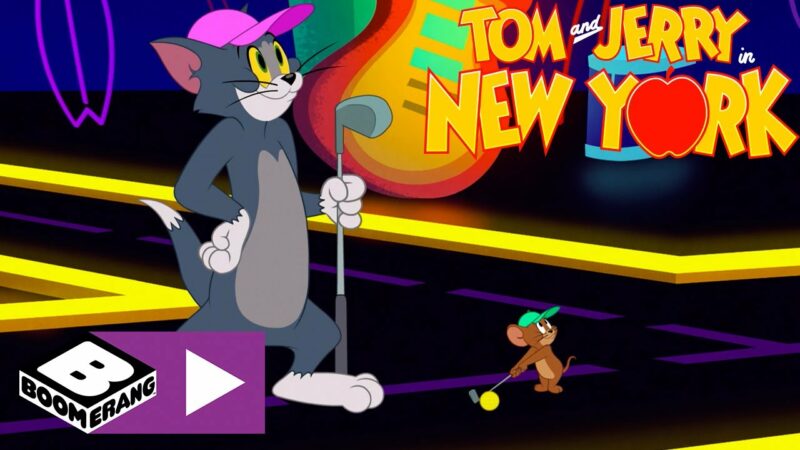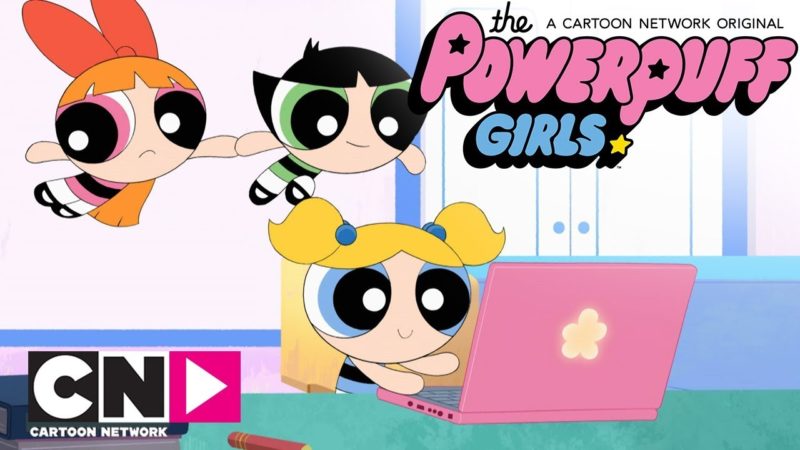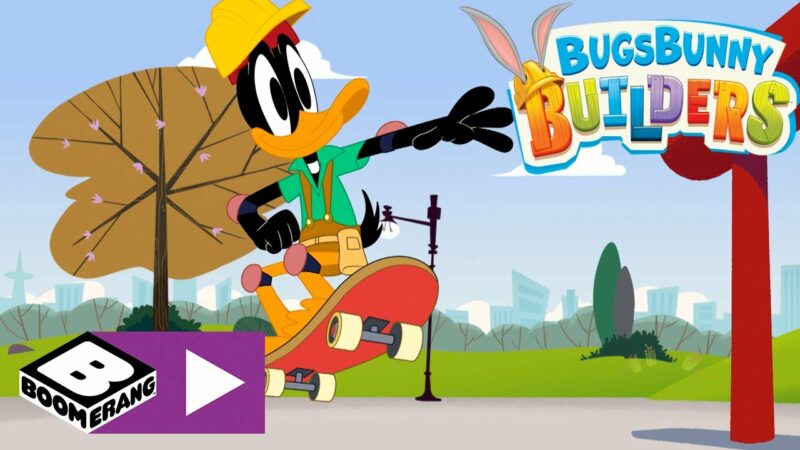Fun and Fancy Free – The 1947 Disney animated film

In the turbulent 40s, while the world was still in the grip of World War II, Walt Disney tried to keep the spell of animation alive. And, as if by magic, he knew how to do it with innovative and, at times, risky solutions. One of the most fascinating periods in Disney history is represented by the production of collective films or "package films". These works, composed of multiple short films combined into a single feature film, played a crucial role in financing later works such as “Cinderella” (1950), “Alice in Wonderland” (1951) and “Peter Pan” (1953).
From Economic Limitations to Boundless Creativity
At the heart of this strategy of survival and renewal we find “Bongo and the Three Adventurers” (“Fun & Fancy Free”), the ninth Disney classic, released on September 27, 1947 by RKO Radio Pictures. This film represents a milestone for several reasons. First of all, it is the fourth of the collective films produced by Disney in the 40s, a clever solution to save resources in an economically unstable period.
A Narrative Puzzle with Undisputed Charm
The film is a narrative collage that skillfully mixes two distinct stories but both imbued with the typical Disney spirit. The first is “Bongo”, a story narrated by singer Dinah Shore and loosely inspired by the short story “Little Bear Bongo” by Sinclair Lewis. The second segment is “Mickey Mouse and the Beanstalk,” based on the popular fairy tale “Jack and the Beanstalk” and narrated by Edgar Bergen.
The Intertwining of Animation and Live-Action
A particularly interesting aspect of “Bongo and the Three Adventurers” is its hybrid structure that blends animation and live-action. This combination allows the two segments to be weaved together in a fluid and coherent manner, using elements from the real world to enrich the visual and narrative experience.
At the crossroads between Innovation and Tradition
What makes this film so special and worthy of deeper reflection is its place in the larger context of the evolution of Disney animation. Placed between iconic titles like “Snow White and the Seven Dwarfs” and future milestones like “Cinderella,” this film represents a point of conjunction – a bridge of sorts – between the golden age of classic animation and the post-rebirth -war of the production company.
“Fun & Fancy Free” is living proof of how limitations can actually unleash creativity. A creativity that has gone beyond the boundaries of animation to also be reflected in the way in which Disney has been able to exploit the circumstances, reinventing the way of making cinema in such a complex period.
In this sense, “Bongo and the Three Adventurers” is not just a film, but a true manifesto of resilience and creative ingenuity, which deserves to be explored and appreciated in all its facets.
Story of the film
Bongo
Bongo is an adorable circus bear who lives for the applause of the audience, but once off the stage, his life is anything but happy. Exasperated by the conditions in which he lives, he decides to flee when the circus train passes through a forest. Initially ecstatic with his new freedom, Bongo soon discovers that life in the wilderness has its challenges.
The next morning, however, he meets Lulubelle, a wild bear. The two fall in love instantly. But their happiness is interrupted by the arrival of Bully the Robber, a huge and territorial bear who claims Lulubelle as his own. Bongo is confused by Lulubelle's gesture of slapping him, which is actually a sign of affection between wild bears.
After understanding the custom, Bongo returns to challenge Bullo. After a frantic fight that culminates with a fall into a river and then a waterfall, Bongo emerges victorious thanks to his hat saving him from the fall. Bullo is instead dragged by the current. Bongo and Lulubelle finally become a couple, celebrating their union and Bongo's new life in the forest.
Mickey and the Beanstalk
In a land called "Happy Valley", happiness and abundance are guaranteed by a magical harp. However, the harp is stolen, leaving the valley in a devastating drought. Mickey Mouse, Donald Duck and Goofy are among the last remaining inhabitants and they find themselves in serious food difficulties.
In desperation, Mickey decides to sell their cow to buy food. He returns home with a handful of magic beans, angering Donald, who throws the beans on the floor. Overnight, a giant beanstalk grows, lifting their home into the sky.
The trio arrives at a gigantic castle where they find the magic harp and meet Willie, a giant with magical powers. After a series of daring events, they manage to escape the castle with the harp, following a frantic chase down the beanstalk. Finally, they cut the beanstalk, causing Willie to fall. With the harp in place, Valle Felice returns to its prosperous state.
The film ends with Willie the Giant wandering around Hollywood, looking for Mickey Mouse, confirming that the story that seemed like a fairy tale was actually real.
Production
Disney magic has the unique ability to fascinate generations, but behind this charm lies a story of adaptation and overcoming difficulties. Two emblematic examples are “Mickey Mouse and the Beanstalk” and “Bongo,” which together form the 1947 film “Bongo and the Three Adventurers.”
The Popularity Crisis and the Second World War
Originally, “Mickey Mouse and the Beanstalk” was supposed to be an independent feature film. The goal was to revive the popularity of Mickey Mouse, which was losing ground to more recent characters such as Donald Duck and Goofy. However, World War II and its economic repercussions forced Disney to scale back his ambitions.
Strikes and Creative Tensions
In addition to economic obstacles, the period was marked by internal tensions. An animators' strike in 1941 disrupted the studio's dynamics and highlighted the creative difficulties of the time.
Unity is strength
It was in this context of instability that “Bongo,” also originally intended as a stand-alone film, was shortened and merged with “Mickey Mouse and the Beanstalk” to create “Bongo and the Three Adventurers.” This union represents a sort of metaphor for Disney's ability to adapt to circumstances, even the most adverse.
The legacy
Nowadays, “Bongo and the Three Adventurers” is considered not only a significant moment in the art of animation, but also a turning point in Disney's corporate history. The film shows that even in times of crisis and uncertainty, creativity can thrive.
The biggest lesson we can take from this chapter in Disney history is the art of adaptation. Despite obstacles and adversity, the studio has always found a way to create something magical. And, in the end, isn't that the heart of Disney magic?
Technical Sheet of “Bongo and the three adventurers”
General informations
- Original title: Fun & Fancy Free
- Original language: English
- Country of Production: United States of America
- Year: 1947
- Duration: 70 minutes
- Relationship: 1,37: 1
- Gender: Animation, Musical, Fantasy
Production
- Regia: Jack Kinney, Bill Roberts, Hamilton Luske, William Morgan
- Subject: from the book “Little Bear Bongo” by Sinclair Lewis and the fairy tale “Jack and the Beanstalk”
- Film script: Homer Brightman, Harry Reeves, Lance Nolley, Tom Oreb, Eldon Dedini, Ted Sears
- Producer:Walt Disney
- Production house: Walt Disney Productions
- Distribution in Italian: RKO Radio Pictures
Apparel
- Photography: Charles P. Boyle
- Editor: Jack Bachom
- Special effects: George Rowley, Jack Boyd, Ub Iwerks
- Music: Charles Wolcott, Paul J. Smith, Oliver Wallace, Eliot Daniel
- scenography: Don DaGradi, Al Zinnen, Kendall O'Connor, Hugh Hennesy, John Hench, Glenn Scott, Ken Anderson
Entertainment staff
- Entertainers: Ward Kimball, Les Clark, John Lounsbery, Fred Moore, Wolfgang Reitherman, Hugh Fraser, John Sibley, Marc Davis, Phil Duncan, Harvey Toombs, Judge Whitaker, Hal King, Art Babbitt, Ken O'Brien, Jack Campbell
- Wallpapers: Ed Starr, Claude Coats, Art Riley, Brice Mack, Ray Huffine, Ralph Hulett
Interpreters and characters
- Edgar Bergen: himself
- Luana Patten: herself
Dubbing
- Original voice actors:
- Edgar Bergen: Charlie McCarthy, Mortimer Snerd and Ophelia
- Dinah Shore: Narrator
- Anita Gordon: Singing Harp
- Cliff Edwards: Jiminy Cricket
- Billy Gilbert: Willie the Giant
- Clarence Nash: Donald Duck and Puss
- James MacDonald: Bully the Robber
- Walt Disney: Mickey Mouse
- Pinto Colvig: Goofy
- Italian voice actors:
- Michele Malaspina: Edgar Bergen
- Fiorenzo Fiorentini: Charlie McCarthy
- Giusi Raspani Dandolo: Donald Duck and Ophelia
- Gemma Griarotti: Narrator
- Riccardo Billi: Talking Cricket and Pippo (singing)
- Arnoldo Foà: Willie the Giant
Redubbed Scenes (1992)
- Gaetano Varcasia: Mickey Mouse
- Luca Eliani: Donald Duck
- Vittorio Amandola: Goofy
- Massimo Corvo: Willie the Giant
- Lorena Bertini: Singing Harp
Source: https://it.wikipedia.org/wiki/Bongo_e_i_tre_avventurieri






